The root causes for high rates of early pregnancy in certain countries and communities are both manifold and complex. Factors such as early marriage, lack of access to contraception and lack of education all come into play. Girls who grow up in poverty or in marginalised communities with deeply entrenched gender inequalities are also more likely to get pregnant at a young age.
But why are early pregnancies more of a health risk than pregnancies at a more developed age? And what exactly are the health risks involved in early pregnancies?
We take a look at the issues of early pregnancy and maternal health, and how these issues affect women and girls on a global level and within the region of Eastern Europe and Central Asia.
First of all, some definitions. The WHO defines maternal death as:
The death of a woman while pregnant or within 42 days of termination of pregnancy… from any cause related to or aggravated by the pregnancy or its management (from direct or indirect obstetric death), but not from accidental or incidental causes.
1. Maternal death among adolescents is a problem across the world, however, it is more pronounced in some areas, such as sub-Saharan Africa.[1]
Nevertheless, early pregnancy has been proven to put young mothers’ health and lives at risk across the world. Indeed, complications during pregnancy and childbirth are the second highest cause of death among 15-19 year old girls, globally.[2]
2. 70,000 teenage girls die every year as a result of complications during pregnancy and childbirth.[3]
This is because the health consequences of pregnancy are most pronounced among girls and young women, especially those who become pregnant too soon after the beginning of puberty, at ages as early as 14, for example.
3. Girls who become pregnant at an early age may suffer severe health consequences as a result of their pregnancies and childbirth experiences.
For example, 65% of all cases of obstetric fistula occur in girls under the age of 18,[4] where obstetric fistula is defined by the Fistula Foundation as:
‘a hole between the vagina and rectum or bladder that is caused by prolonged obstructed labor, leaving a woman incontinent of urine or feces or both.’
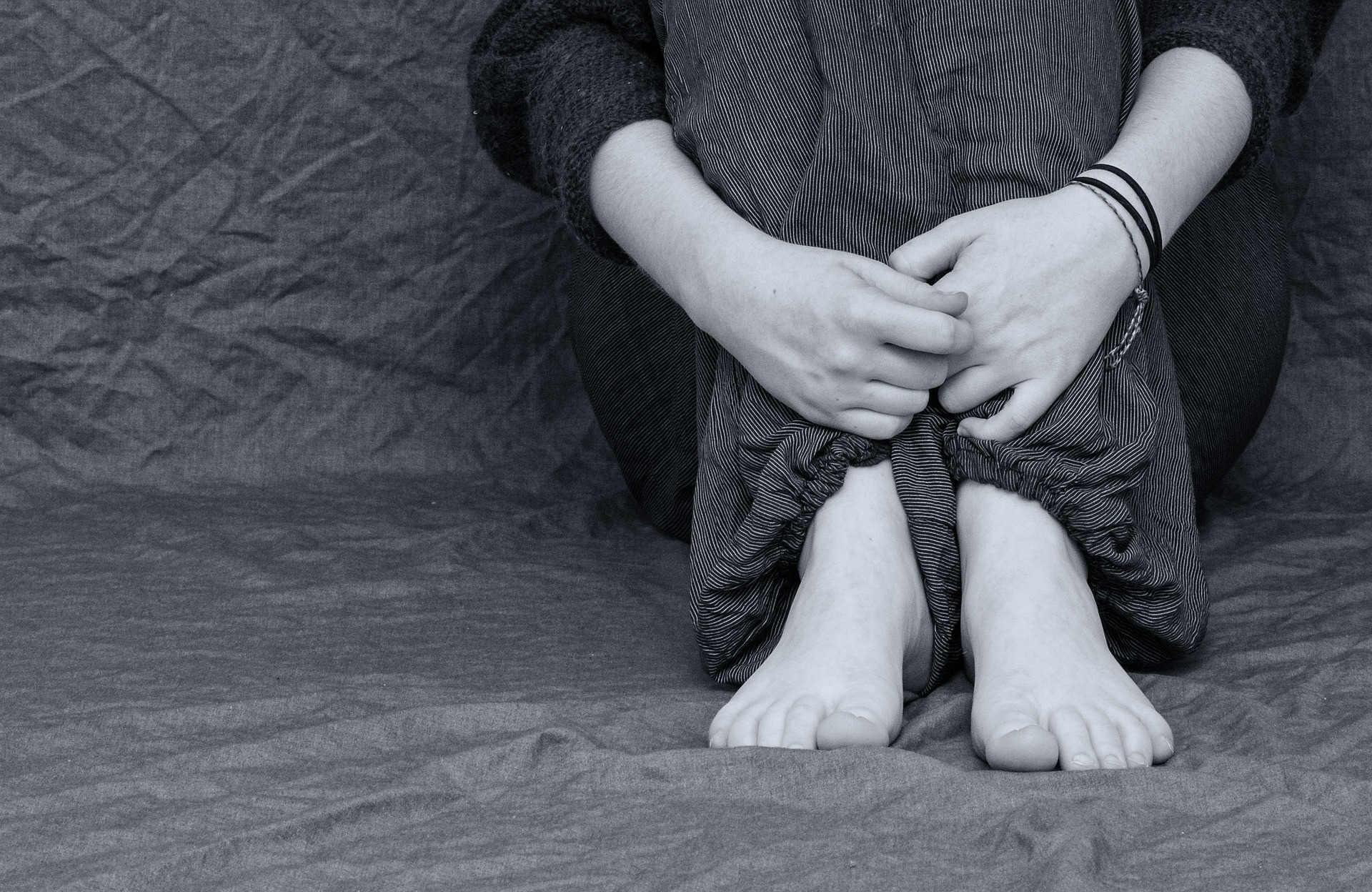
4. Added to the health risks implicit in pregnancy are those that arise from unsafe abortion, where 3.2 million unsafe abortions are procured by teenage girls across the world each year.[5]
Unsafe abortion can result in infection and severe health consequences, especially when aftercare treatment is not available or when this treatment is not sought by girls due to the stigma they often face in accessing reproductive services.
But what are the realities of maternal death in Eastern
Europe and Central Asia?
5. Within the EECA region, maternal mortality was reduced by 35% over the last two decades.[6]
Kyrgyzstan has the highest rate of maternal mortality (MMR) in the region, with 75 women dying in childbirth for every 100,000 live births,[7] in comparison to 1360 deaths per 100 000 live births in Sierra Leone, or 3 deaths per 100 000 live births in Finland (2015).[8]
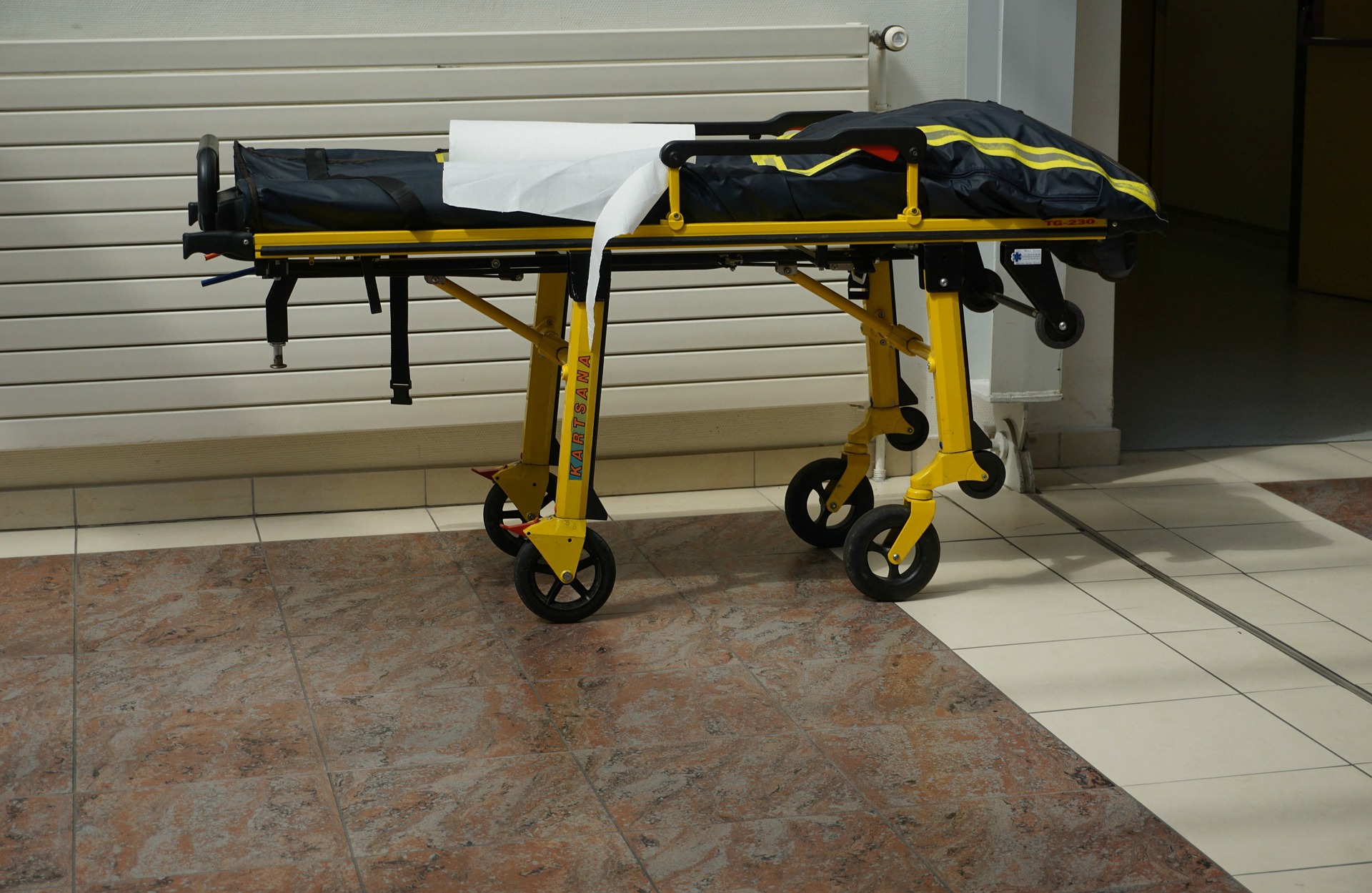
6. It is important to note that MMR varies within the EECA region and within the countries belonging to this region.
For example, the 2013 State of the World Population report, showed that Georgia’s maternal mortality ratio is more than twice the average of the ration in Eastern Europe.[9] This statistic does not take into account the great variation of MMR within Georgia and the other countries of the EECA region, where women and girls from rural areas and marginalised communities can often face greater health risks in pregnancy than their urban counterparts. This may be due to distance from maternal hospitals and the lack of specialists at these hospitals, among other things.
7. Furthermore, the adolescent birth rate varies hugely within the EECA region and within its countries.
Tajikistan has the highest teenage birth rate in the region (54 births per 1000 women aged 15-19), followed by Georgia, Azerbaijan, Romania, Bulgaria and Turkey.[10] Again, this figure is further complicated by regional variation within these countries, where global statistics from low- and middle-income countries show that there can be: ‘Up to three times more pregnancies among teenage girls in rural and indigenous populations than in urban populations.’[11]
8. The following conditions account for 52% of maternal deaths, in spite of the fact that they are all preventable causes:
- Hemorrhaging, which consists of large losses of blood from a damaged blood vessel.
- Acute sepsis, or blood poisoning, is an infection that can cause death or severe health consequences.
- Pre-eclampsia is a hypertensive pregnancy disorder. These disorders are leading causes of pregnancy-related death. If untreated, pre-eclampsia can lead to seizures, at which point it is known as eclampsia.

9. Girls and women from marginalised communities can also face other risks like anaemia (iron deficiency,) which can lead to premature birth if it goes unchecked.[12]
Furthermore, these women and girls may be lacking in education and/or awareness of their rights, meaning that they may not know about the kind of maternal care they are entitled to from the state. For example, in Bulgaria, pregnant women are entitled to one free state check-up before giving birth, but many women from marginalised communities do not know this and so, they do not avail of the service. Given that the WHO recommends that each pregnant woman get 8 check-ups before giving birth,[13] it is easy to see how this lack of knowledge may put these women’s lives and health at risk.
10. Comprehensive sexuality education is key in tackling both maternal mortality and early pregnancy, because it teaches women and girls about safe sex (to avoid early pregnancy), and about their rights, enabling them to look after themselves when they are pregnant and after they have given birth.
It also raises awareness about early pregnancy and maternal health and this, in turn, tackles stigma, which is a huge obstacle to vulnerable women and girl’s access to reproductive health care.
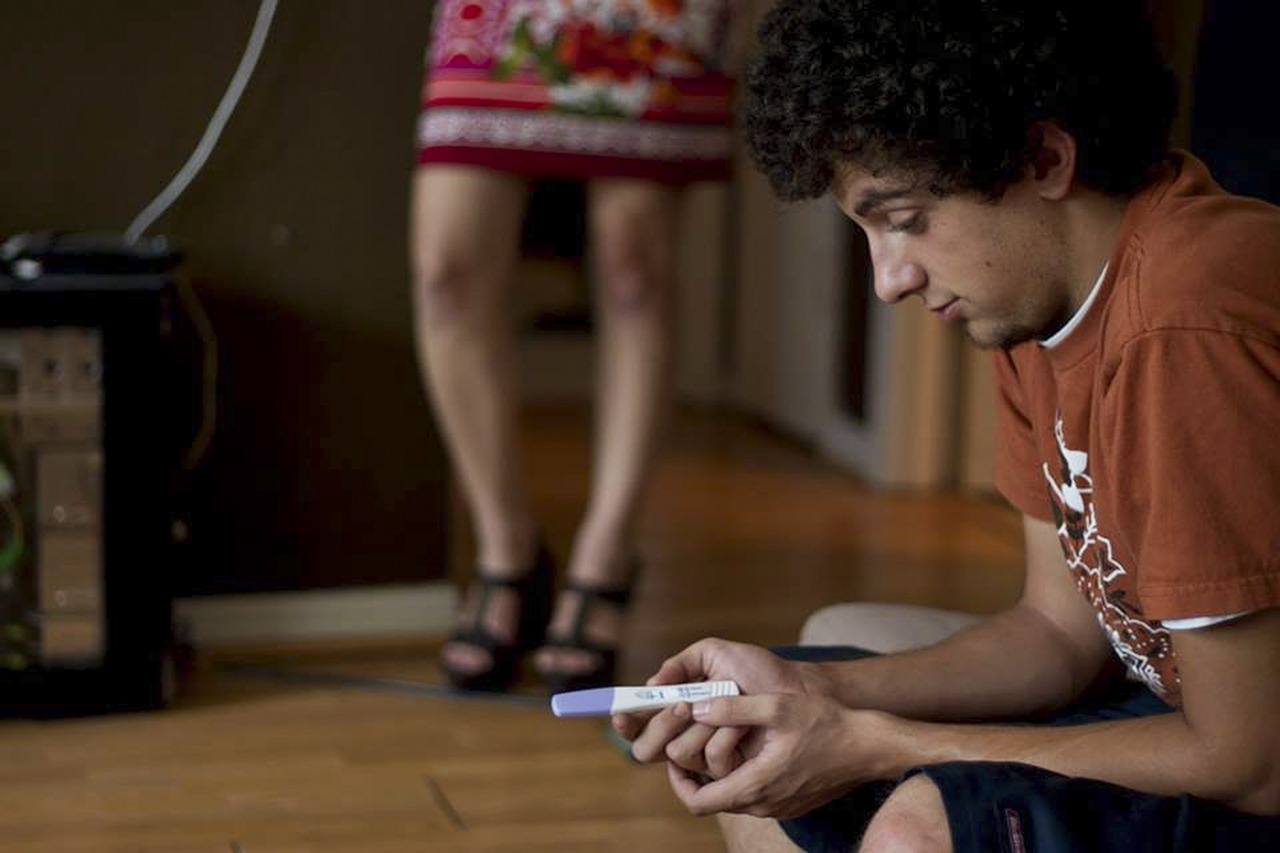
11. As is the case for many other SRHR issues in the EECA region, the importance of accurate data collection cannot be overestimated.
In terms of maternal mortality, some prevalent attitudes within the EECA region can prevent the collection of accurate data on the rate of maternal mortality. For example, countries often wish to appear as though they have lower MMR than they actually do, and so, pressure is put on health care professionals to deliver data that supports this claim.[14]
Not only is such data inaccurate, such pressure on health care professionals can have negative consequences on the quality of care they deliver.
Given the complexities of early pregnancy and maternal mortality, approaches to address these issues should be multisectoral. In other words, no one entity or organisation can tackle these issues, but cooperation between many in required.
Here are a few examples of initiatives that have made a difference:
To find out more, check out some of the resources that were used in the development of this article:
- https://www.unfpa.org/sites/default/files/pub-pdf/EN-SWOP2013.pdf
- http://www.girlsnotbrides.org/wp-content/uploads/2016/01/Child-Marriage-and-Family-Planning-Girls-Not-Brides-2016.pdf
- http://eeca.unfpa.org/topics/maternal-health?page=0%2C2
- https://www.theguardian.com/global-development/2015/may/28/maternal-mortality-kyrgyzstan-poor-record
- http://globalstrategy.everywomaneverychild.org/chapter5/
Advocacy Entry Points:
- The Sustainable Development Goals (Goal 3 – Health and Wellbeing and Goal 5 – Gender Equality) are important entry-points for advocacy on sexual and reproductive rights (SRHR). Do some research on your country’s national policies and accountability mechanisms to see what steps are being taken to achieve the goals of the Agenda 2030.
[1]Maternal mortality in sub-Saharan Africa: levels, causes and interventions/NCBI
[2]Adolescent pregnancy/World Health Organization
[3]Motherhood in Childhood:Facing the challenge of adolescent pregnancy/UNFPA
[4]Child Marriage and Family Planning: An Information Sheet/Girls Not Brides
[5]Motherhood in Childhood:Facing the challenge of adolescent pregnancy/UNFPA
[7]Kyrgyzstan strives to make inroads on poor maternal health record/The Guardian
[8]Trends in Maternal Mortality:1990 to 2015/World Health Organization
[9]Georgia Youth Policy to Empower and Educate Youth/UNFPA
[10]In focus: Teenage pregnancy in Eastern Europe and Central Asia/UNFPA
[11]Action Areas/Every Woman Every Child
[12]Kyrgyzstan strives to make inroads on poor maternal health record/The Guardian
[13]Pregnant women must be able to access the right care at the right time/World Health Organization

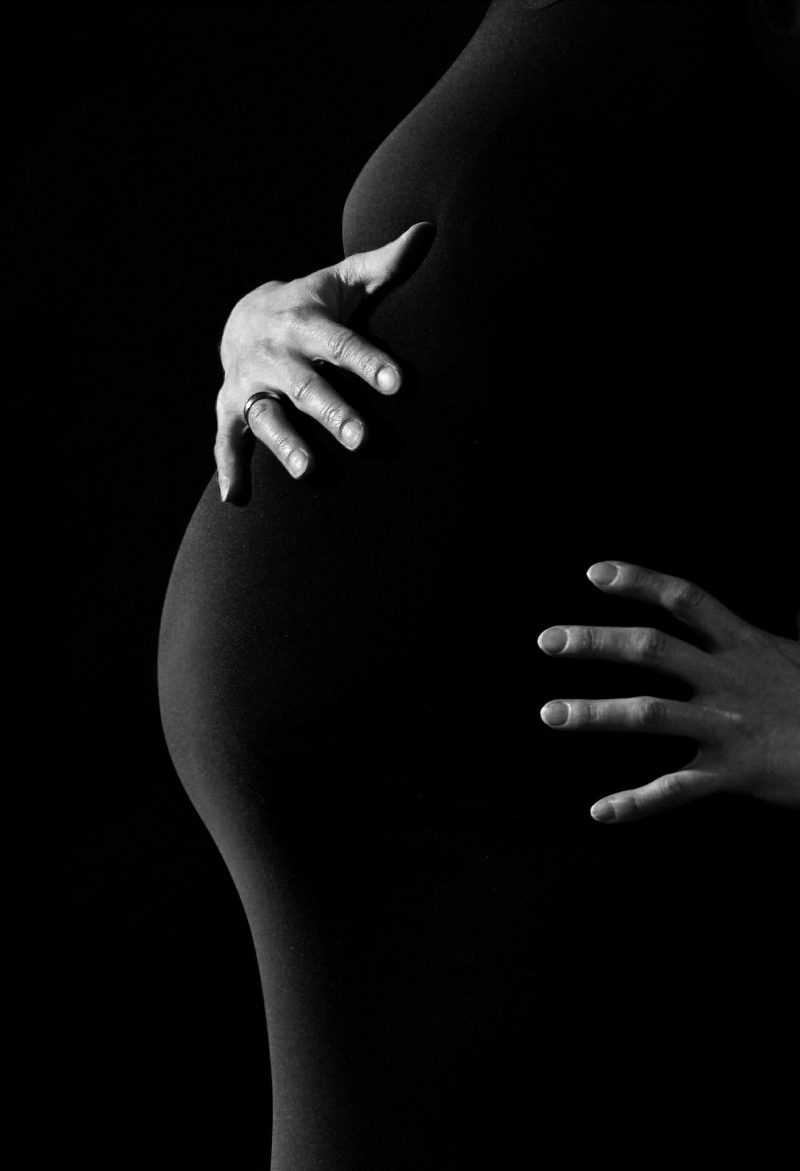
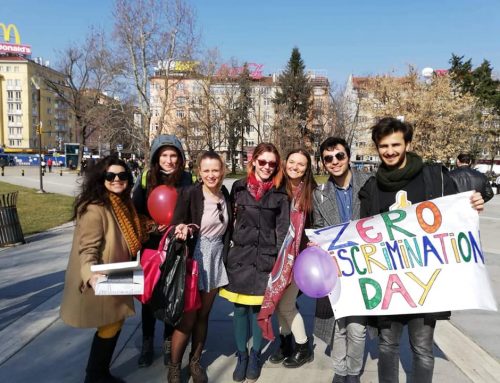





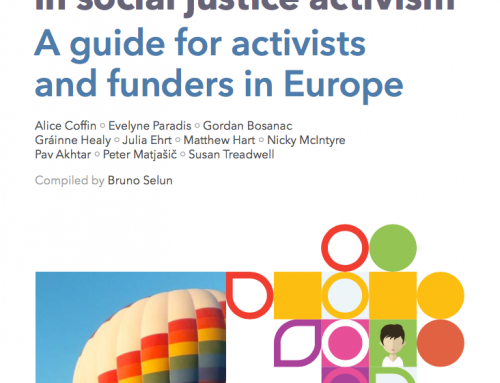












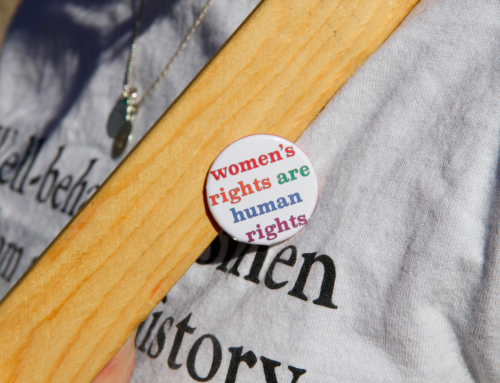


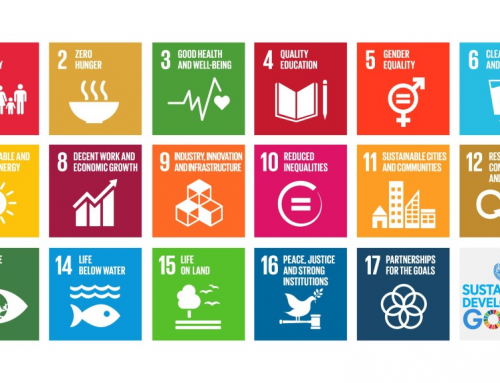
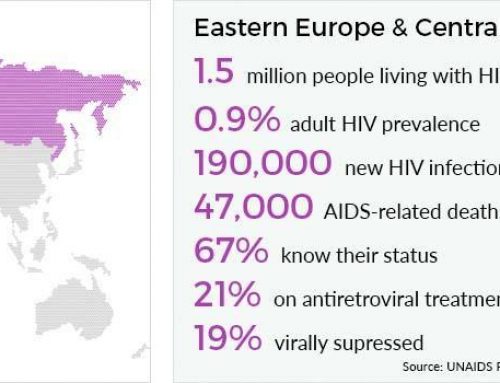


Leave A Comment
You must be logged in to post a comment.